IN-SITU RESOURCE UTILIZATION
What is ISRU?
In-Situ Resources Utilization (ISRU) is a cutting-edge approach referring to the practice of extracting, processing, and utilizing “in-situ” resources found on celestial bodies like the Moon, Mars, or asteroids to create sustainable commodities (products or services) for robotic and human exploration and space commercialization.
This strategy not only reduces our reliance on Earth’s resources but also offers numerous advantages that hold significant promise for revolutionizing human exploration and the terrestrial industry.
Architecture-level integrated system design approach from the start, minimizing logistics inventory, supply chain and maintenance.
Especially designed for remotely-operated missions in harsh and hostile environments (extreme temperature, large temperature changes, dust and abrasion).
No fossil fuel on the Moon, therefore technologies are electrified by nature and ready for integration to green energy sources.
LUNAR RESOURCES
Imagine a future where we can extract valuable resources from the vast expanse of space, creating sustainable commodities and building a self-sufficient society. With Maana Electric’s proprietary technology, we can turn low value feedstock like regolith from the Moon, Mars, and asteroids into something truly valuable, all while reducing our reliance on scarce resources on Earth. The possibilities are endless! Which resources can we extract, you ask?
LUNAR MINERALS: Mg-sulfates, Mg-rich olivines, Forsterite.
APPLICATIONS: Construction in aerospace industry, Alloys in Casting and Foundry, Pyrotechnics, pH regulator in various industries.
LUNAR MINERALS: Aluminosilicates, Plagioclases, Laterites, Scapolite
APPLICATIONS: Lightweight and corrosive-resistant structural components, Packaging, Electrical applications, Catalyst in chemical reactions, High reflectivity applications.
LUNAR MINERALS: Plagioclase, Amorphous silica, Hydrated silica, Phyllosilicates.
APPLICATIONS: Manufacturing of electronic components, Production of photovoltaic panels, Additive in Aluminum alloys, Production of silicones.
LUNAR MINERALS: Plagioclase, Pyroxine.
APPLICATIONS: Reducing agent in metal production, Water treatment, pH regulator in mining industry, Raw material in various chemical processes.
LUNAR MINERALS: Ilmenite, Titanomagnetite.
APPLICATIONS: Lightweight and corrosive-resistant structural components, Mechanical parts in chemical processes (e.g. desalination) and in power plants, Architectural structural elements, Biocompatible implants.
LUNAR MINERALS: Hematite, Magnetite, Laterites, Jarosite, Triolite, Ilmenite.
APPLICATIONS: Major component in several alloys and steels, Casting and foundry applications, Ferromagnetic and electromechanical components, Catalyst in various chemical processes (e.g. Haber-Bosch).
LUNAR MINERALS: Mg-sulfates, Mg-rich olivines, Forsterite.
APPLICATIONS: Construction in aerospace industry, Alloys in Casting and Foundry, Pyrotechnics, pH regulator in various industries.
LUNAR MINERALS: Aluminosilicates, Plagioclases, Laterites, Scapolite
APPLICATIONS: Lightweight and corrosive-resistant structural components, Packaging, Electrical applications, Catalyst in chemical reactions, High reflectivity applications.
LUNAR MINERALS: Plagioclase, Amorphous silica, Hydrated silica, Phyllosilicates.
APPLICATIONS: Manufacturing of electronic components, Production of photovoltaic panels, Additive in Aluminum alloys, Production of silicones.
LUNAR MINERALS: Plagioclase, Pyroxine.
APPLICATIONS: Reducing agent in metal production, Water treatment, pH regulator in mining industry, Raw material in various chemical processes.
LUNAR MINERALS: Ilmenite, Titanomagnetite.
APPLICATIONS: Lightweight and corrosive-resistant structural components, Mechanical parts in chemical processes (e.g. desalination) and in power plants, Architectural structural elements, Biocompatible implants.
LUNAR MINERALS: Hematite, Magnetite, Laterites, Jarosite, Triolite, Ilmenite.
APPLICATIONS: Major component in several alloys and steels, Casting and foundry applications, Ferromagnetic and electromechanical components, Catalyst in various chemical processes (e.g. Haber-Bosch).
TERRESTRIAL ISRU
Although In-Situ Resource Utilization (ISRU) is commonly associated with extraterrestrial exploration, its impact extends far beyond space missions. Its principles, when applied here on Earth, present a remarkable opportunity to tackle pressing sustainability challenges, bolster resilience against resource limitations, and catalyze technological innovation across diverse industries. The adaptation of ISRU methodologies to terrestrial technologies holds substantial promise in addressing the critical issues of our time. By harnessing local resources efficiently, we can reduce dependence on external supply chains, mitigate environmental impact, and pave the way for more sustainable practices. This strategic integration of ISRU principles into our technology frameworks not only fosters resource optimization but also encourages a paradigm shift towards smarter, more resilient solutions that benefit both industry and the environment.
- RESOURCES EFFICIENCY
- COST REDUCTION
- ENERGY EFFICIENCY
- ENVIRONMENT SUSTAINABILITY
- RESILIENT SUPPLY CHAIN
- CIRCULAR ECONOMY
Applying ISRU principles on Earth involves maximizing the use of local resources, minimizing the need for external inputs. This contributes to resource efficiency and sustainability in various industries.
Just as in space exploration, minimizing the transportation of resources from one location to another reduces costs. In terrestrial applications, this can result in significant cost savings in industries such as construction, manufacturing, and energy.
Utilizing local resources often involves fewer energy-intensive processes related to transportation. This can result in overall energy savings and increased energy efficiency in various industries.
By relying on local resources and minimizing transportation, ISRU on Earth can help reduce the environmental impact associated with the extraction, processing, and transportation of materials. This aligns with sustainability goals and environmental conservation efforts.
Applying ISRU principles allows industries to diversify their sources of raw materials, reducing vulnerability to supply chain disruptions. This resilience becomes crucial in times of geopolitical uncertainties or other global challenges.
ISRU on Earth aligns with the principles of a circular economy, where resources are used efficiently, and waste is minimized. This approach supports the sustainable management of resources through recycling, reusing, and reducing waste.
Just as in space exploration, minimizing the transportation of resources from one location to another reduces costs. In terrestrial applications, this can result in significant cost savings in industries such as construction, manufacturing, and energy.
Utilizing local resources often involves fewer energy-intensive processes related to transportation. This can result in overall energy savings and increased energy efficiency in various industries.
By relying on local resources and minimizing transportation, ISRU on Earth can help reduce the environmental impact associated with the extraction, processing, and transportation of materials. This aligns with sustainability goals and environmental conservation efforts.
Applying ISRU principles allows industries to diversify their sources of raw materials, reducing vulnerability to supply chain disruptions. This resilience becomes crucial in times of geopolitical uncertainties or other global challenges.
ISRU on Earth aligns with the principles of a circular economy, where resources are used efficiently, and waste is minimized. This approach supports the sustainable management of resources through recycling, reusing, and reducing waste.

